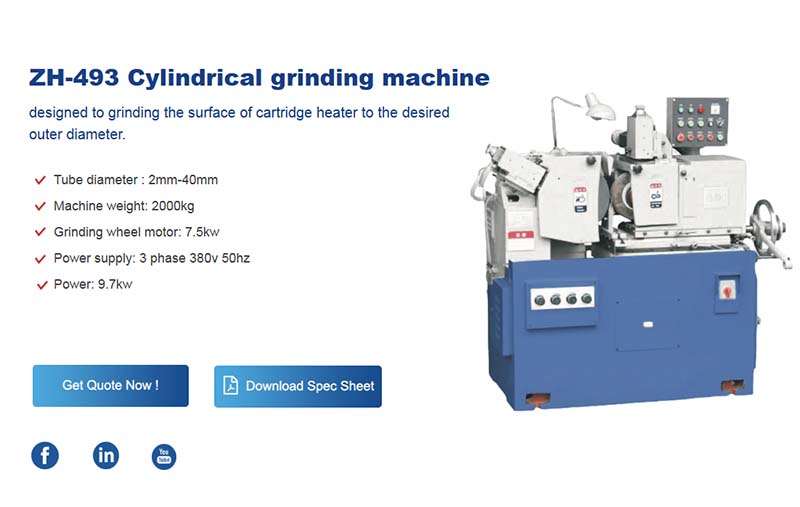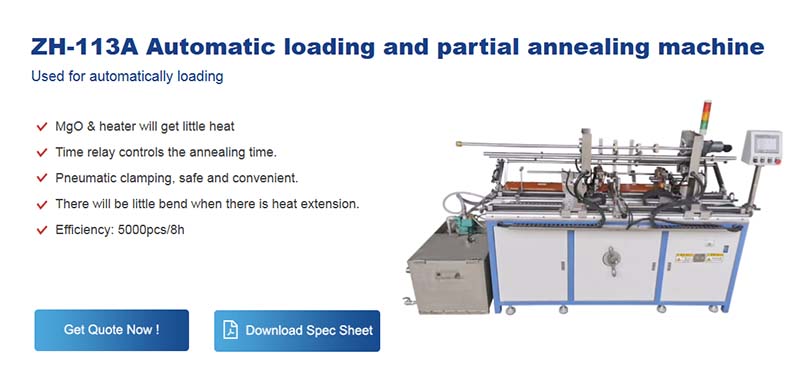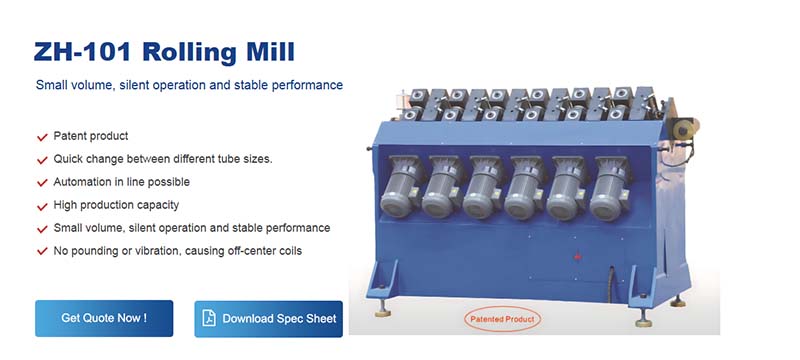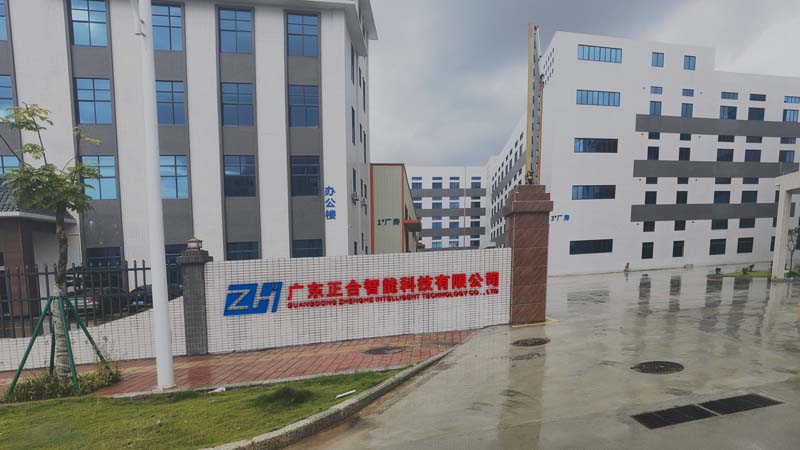Technological Innovation in the Electric Heating Tube Equipment Industry: Intelligence and Energy Efficiency as Emerging Trends
The electric heating tube equipment industry stands as a cornerstone of modern manufacturing, with its applications spanning household appliances, industrial heating systems, and new energy sectors. From residential electric heaters to industrial boilers, and from water heaters to temperature control systems in electric vehicle batteries, the performance of electric heating tubes directly dictates equipment efficiency and longevity. As we step into 2025, the global focus on energy efficiency and environmental sustainability has ignited a technological revolution in this field. Advancements in intelligent control and energy-saving technologies are not only enhancing product competitiveness but also injecting robust momentum into the industry’s green development. This article delves into the latest progress in these innovations, dissects their underlying principles and prospects, and reveals how intelligence and energy efficiency are becoming the twin engines driving the industry’s future.

Breakthroughs in Intelligent Control Technology
In early 2025, the electric heating tube equipment industry made significant strides in intelligent control. Several companies introduced devices with smart functionalities, with a notable example being an electric heater launched by a renowned appliance brand. This product integrates high-precision temperature sensors that monitor indoor temperatures in real-time and adjust the heating tube’s power output via intelligent algorithms. The core technology relies on PID (Proportional-Integral-Derivative) control principles, enhanced by AI-driven adaptive adjustments, ensuring rapid and stable heating. Compared to traditional fixed-power heating tubes, this dynamic regulation reduces thermal stress fatigue by approximately 30%, significantly extending service life while achieving energy savings of 15%-20%.
The scope of intelligent applications extends far beyond this. With the widespread adoption of the Internet of Things (IoT), some high-end electric heating tube devices now offer remote control capabilities. Users can set temperature profiles via smartphone apps or integrate the equipment into smart home ecosystems. In industrial settings, heating tubes can adjust power output based on real-time production line demands, minimizing energy waste. This shift from “passive heating” to “active optimization” marks the dawn of a new era of intelligence in electric heating tube equipment.

Advances in Energy-Saving Technology: The Rise of Nano-Coating Applications
In the realm of energy efficiency, the growing adoption of nano-coating technology has brought revolutionary changes to the electric heating tube industry. By depositing a film just tens of nanometers thick onto the heating tube’s surface, nano-coatings dramatically enhance material properties. Their primary advantages lie in improved corrosion resistance and thermal conductivity. Experimental data indicate that nano-coated heating tubes exhibit a 40% reduction in oxidation rates under high-humidity conditions, while thermal conductivity improves by 10%-15%. The technology works by filling microscopic surface imperfections with nanoscale particles, creating a dense protective layer and optimizing heat transfer pathways.
In practical applications, nano-coatings demonstrate exceptional adaptability. For instance, in bathroom water heaters or industrial equipment in coastal regions, moisture and salt corrosion have long been silent threats to heating tube durability. The introduction of nano-coatings significantly extends operational lifespans in such harsh environments. Looking ahead, industry experts are exploring the potential of combining nano-coatings with emerging materials like graphene to further boost thermal efficiency. This trend suggests that future electric heating tubes will achieve even greater leaps in energy efficiency and durability.

Policy Drivers and Industry Response
Behind these technological leaps lies the powerful influence of policy. In late 2024, China’s *Guidelines on Energy Conservation and Emission Reduction in the Appliance Industry* explicitly called for accelerated development of low-carbon, high-efficiency products. As a critical component of appliance energy consumption, electric heating tubes were designated a focal point for technological upgrades. The policy encourages firms to reduce the carbon footprint of equipment across its lifecycle through material innovation and process optimization. Fueled by this directive, industry R&D enthusiasm has surged. Statistics show that patent applications related to electric heating tubes grew at an average annual rate of 12% between 2023 and 2024, with projections indicating a record high in 2025.
This policy support has not only spurred technological breakthroughs but also prompted companies to rethink production models. For instance, some manufacturers have begun using renewable energy to power production lines while embedding intelligent and energy-saving technologies into product designs. This dual approach of internal and external transformation has laid a solid foundation for the industry’s shift toward green manufacturing.

Challenges and Prospects of Technological Innovation
While the prospects of intelligent and energy-saving technologies are bright, their widespread adoption faces hurdles. High R&D costs pose the foremost challenge. Integrating temperature sensors and nano-coatings demands precision equipment and top-tier talent, placing a heavy burden on small and medium-sized enterprises. Additionally, fluctuations in raw material prices exacerbate cost pressures. For example, copper and nickel prices rose by about 10% in the second half of 2024, directly impacting heating tube production costs.
Yet, within these challenges lie opportunities. The industry can address raw material volatility by optimizing supply chains or developing alternatives like stainless steel. Moreover, economies of scale and modular designs could reduce the cost of deploying intelligent technologies. Looking forward, as global energy transitions accelerate, intelligent and energy-saving innovations will become hallmarks of the industry’s premium segment. Chinese firms that seize this window of opportunity can solidify their domestic dominance and gain a competitive edge internationally.
The intelligent and energy-saving technologies sweeping the electric heating tube equipment industry are reshaping its landscape with unstoppable momentum. From the precise regulation of temperature sensors to the performance leaps enabled by nano-coatings, and the green transformation spurred by policy, each innovation breathes new life into the sector. These advancements not only enhance product efficiency and reliability but also align with the global push for low-carbon development. In 2025 and beyond, the synergy of policy support and technological fusion will propel the industry to new heights of prosperity.

Amid this wave, Guangdong Zhenghe Intelligent Technology Co., Ltd. (referred to as “ZH”) stands out. Since its founding in 2020, ZH has established a modern factory spanning 20,000 square meters in Zicheng Industrial Park, Zijin County, Guangdong Province, with a production area of 15,000 square meters. A leader in automated electric heating component machinery and intelligent assembly lines, ZH leverages its seasoned R&D team to achieve breakthroughs in automation and smart manufacturing. Its products enjoy widespread popularity domestically and have penetrated international markets, including Turkey, India, Russia, Brazil, the United States, and beyond, embodying the high quality and standards of “Made in China.” With a long-term vision of driving industry progress through technological upgrades and service excellence, ZH aims to shape a smarter, more efficient industrial future alongside its global partners. Each technological leap in the industry offers a stage for companies like ZH to shine.

